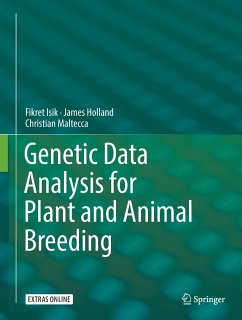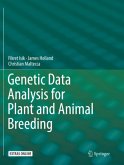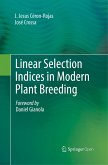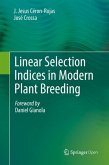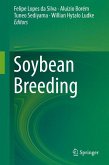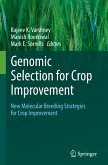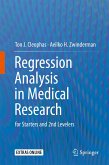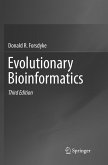This book fills the gap between textbooks of quantitative genetic theory, and software manuals that provide details on analytical methods but little context or perspective on which methods may be most appropriate for a particular application. Accordingly this book is composed of two sections. The first section (Chapters 1 to 8) covers topics of classical phenotypic data analysis for prediction of breeding values in animal and plant breeding programs. In the second section (Chapters 9 to 13) we provide the concept and overall review of available tools for using DNA markers for predictions of genetic merits in breeding populations. With advances in DNA sequencing technologies, genomic data, especially single nucleotide polymorphism (SNP) markers, have become available for animal and plant breeding programs in recent years. Analysis of DNA markers for prediction of genetic merit is a relatively new and active research area. The algorithms and software to implement these algorithms are changing rapidly. This section represents state-of-the-art knowledge on the tools and technologies available for genetic analysis of plants and animals. However, readers should be aware that the methods or statistical packages covered here may not be available or they might be out of date in a few years. Ultimately the book is intended for professional breeders interested in utilizing these tools and approaches in their breeding programs. Lastly, we anticipate the usage of this volume for advanced level graduate courses in agricultural and breeding courses.

